- 11°C overcast clouds
- Wind 9.17 knots SW
- Low Tide 3:53pm 0.144m / High Tide 10:49pm 1.401m
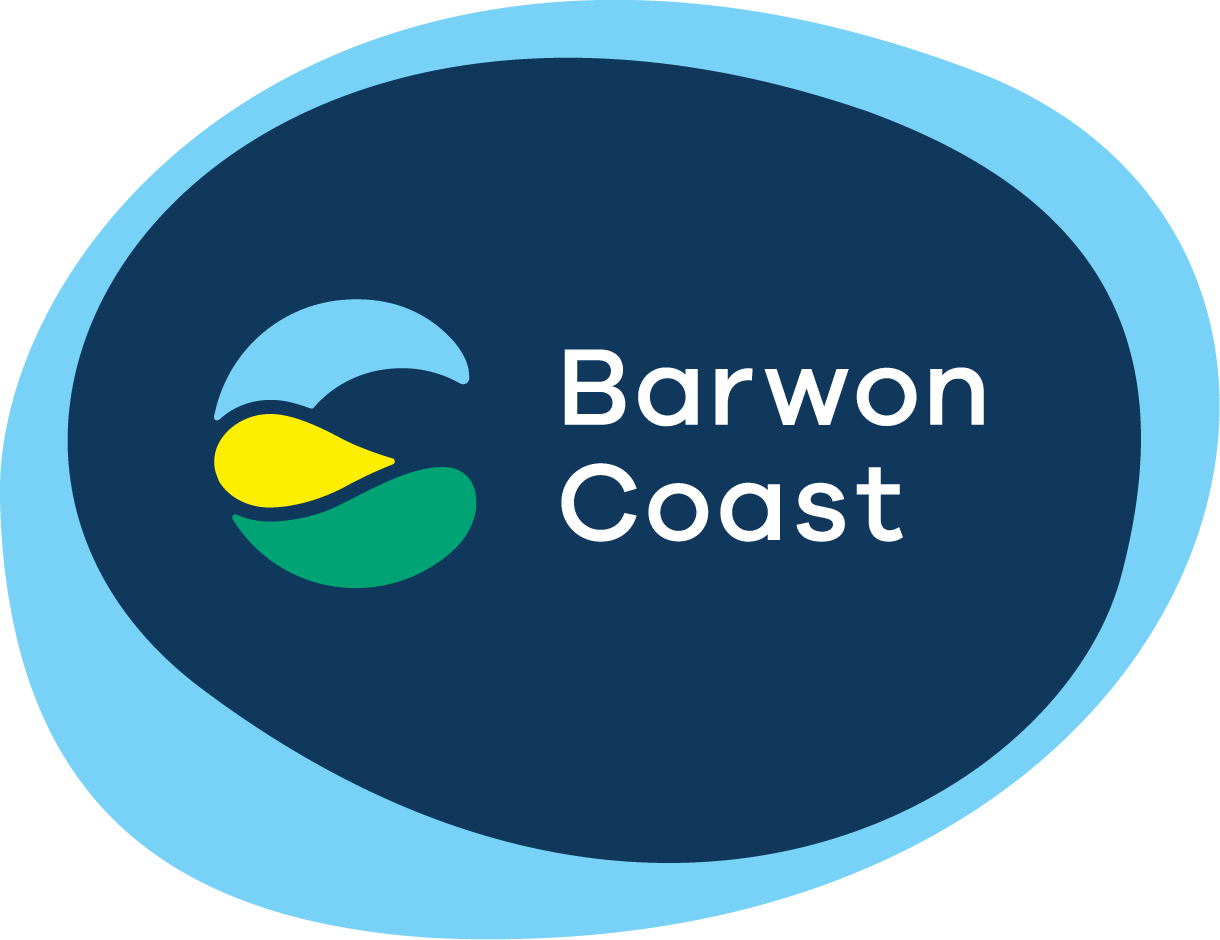
- About Us
- Who We Are
- Our Work
- About the Coast
- Environment Management
- Access & Use
- Coastal Accessibility
- Boating and Ports / Notice to Mariners
- Dogs on Beaches
- Facilities and Infrastructure
- Permissions
- Explore
- Learn & Do
- Environmental Education Program
- Barwon Coast Discovery Centre
- Bird Observation Point
- Coastal Discovery Program
- Education Resources
- Get Involved
- Stay

Notice Board
Close X2 July 2025
Barwon Coast secures funding for beach access upgrades
Barwon Coast is pleased to announce it has received funding through the Victorian Government’s 2024–25 Coastal Public Access and Risk Grants Program.
1 July 2025
Barwon Coast to manage Black Rock foreshore reserve
Barwon Coast has formally taken on management of the Black Rock foreshore Crown land reserve, following approval from the Victorian Minister for Environment.
29 June 2025
Breamlea Caravan Park playground upgrade
Barwon Coast is excited to announce the planned upgrade of the Breamlea Caravan Park playground, part of our commitment to improving visitor experiences at our parks.
25 June 2025
Construction nearing completion on Changing Places facility
The construction of the Changing Places facility at Ocean Grove Main Beach is almost complete, with only minor works remaining.
20 June 2025
Hooded Plover Nesting Update
We currently have one active hooded plover nest that is expected to hatch in the coming weeks...
Home / About The Coast / Hooded Plovers
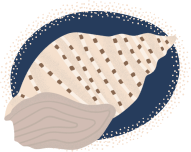


Get involved
Birdlife Australia’s Friends of the Hooded Plovers are an active volunteer group that is involved in monitoring…
At Barwon Coast, we’re proud to work alongside local conservation groups to help protect one of Australia’s most vulnerable coastal birds — the Hooded Plover.
Affectionately known as ‘Hoodies’, these small, ground-nesting shorebirds are listed as protected wildlife under both State and Federal legislation. With only an estimated 740 birds left along the entire Victorian coastline (BirdLife Australia, 2022), every effort counts.
Our local stretch of coast is home to 11 resident breeding pairs, found in areas like Point Lonsdale, Collendina, Ocean Grove, Barwon Heads (13th Beach), and Breamlea.
Hoodies nest between September and March, laying their eggs directly on the sand — often in high-traffic areas. This makes them especially vulnerable to human disturbance, off-leash dogs, and introduced predators such as foxes and cats.
Together with our community partners, we’re working to protect their habitat and give these special birds the best chance to thrive.
You can make a difference
- Stay close to the water’s edge
- Obey signs and keep clear of fenced areas
- Keep dogs on a lead and out of breeding zones and sand dunes
Help protect the vulnerable birds
You can make a big difference in helping Hooded Plovers survive and thrive along our coast.
Hooded Plover Eggs – Hard to Spot, Easy to Harm
Hooded Plovers lay their eggs in a simple scrape in the sand, usually just above the high tide line on the dune side of the beach. These eggs are extremely well camouflaged and can be nearly impossible to see, making them easy to step on by accident.Each nesting pair typically incubates their eggs for around four weeks — a critical time when any disturbance can cause the adult birds to abandon the nest.Sticking to marked paths and walking below the high tide line can help give these tiny families the best chance of survival.
Hooded Plover Chicks – Small, Fragile, and Vulnerable
Once hatched, Hooded Plover chicks are tiny, flightless, and completely dependent on their surroundings. For the first five weeks, they must feed themselves along the water’s edge until they’re strong enough to fly.
During this time, they are incredibly vulnerable to disturbance from people, off-leash dogs, and predators. Even well-meaning beachgoers can accidentally scare chicks away from the food they need to survive.
By giving them space and sticking to the wet sand, you’re helping these fragile little chicks grow strong enough to take flight.
Juvenile Hooded Plovers – Still Learning to Survive
Even after they’ve fledged, juvenile Hooded Plovers remain vulnerable as they continue to learn how to feed, fly, and stay safe along our busy coastline.You can help Barwon Coast protect these young birds by:
– Staying close to the water’s edge when walking on the beach
– Respecting signage and fenced nesting areas
– Keeping dogs on a lead and out of designated breeding zonesEvery small action helps give these special coastal birds the best chance to thrive. Thank you for caring for our coast and its wildlife.
Latest Hoodie Updates
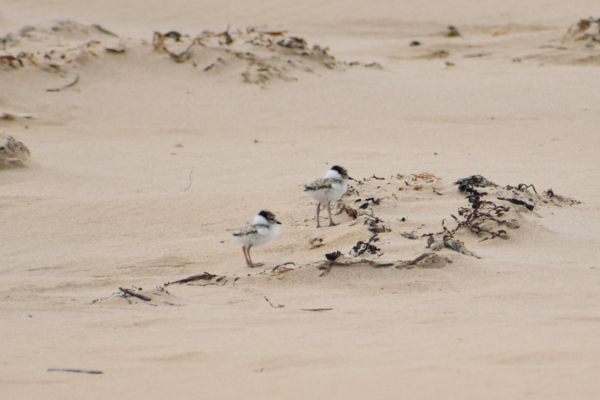
Published on 20 June 2025
Hooded Plover Nesting Update
We currently have one active hooded plover nest that is expected to hatch in the coming weeks...
Temporary Exclusions Zones
Hooded Plovers nest on our beaches during the busy summer months, often competing for space with people and pets. To give these vulnerable birds the best chance of survival, Barwon Coast may temporarily close small sections of beach during breeding season — these are known as Temporary Exclusion Zones.
Declared under the Crown Land (Reserves) Act 1978, these fenced areas must not be entered by people, dogs, or horses.
By respecting these zones, you’re helping to ensure wildlife has a safe space to rest, recover, and breed undisturbed. Thank you for doing your part to protect our precious coastal species.

Subscribe to our newsletter for the latest news
Quick Links
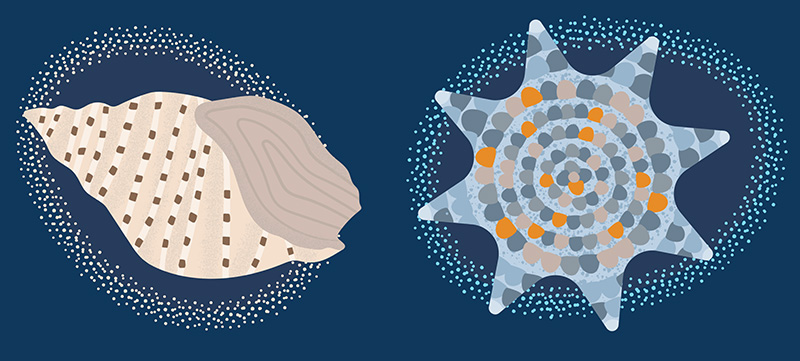
This is Wadawurrung Country. We acknowledge the Wadawurrung People as the Traditional Owners of the land, waters, seas and skies of Ocean Grove, Barwon Heads, 13th Beach and Breamlea. We honour and say Nyatne to Elders past, present and future whose ancestors, for thousands of years, have cared for this part of Dja (Country). We are committed as an organisation to meaningfully work together with Traditional Owners to make Wadawurrung Culture and Country strong.
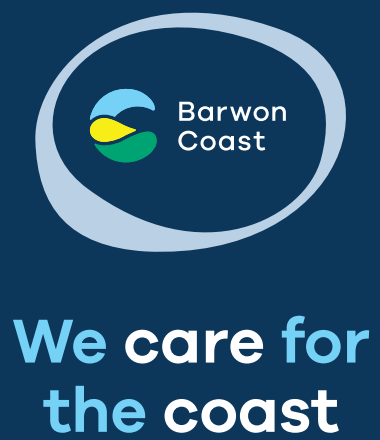
© 2025 Barwon Coast. Website by Residency Studios.
- Access & Use
- Our Work
- Who We Are